The Pritzker Architecture Prize is the pinnacle of achievement for architects, likened to the Nobel Prize for its significance. Over the years, this esteemed award’s recipients have given the world unique and brilliant architectural concepts. This year, Japan celebrates another laureate, Riken Yamamoto, whose visionary work has left an indelible mark on the architectural landscape.
In this article, we briefly delve into Yamamoto’s contributions and explore some of the awe-inspiring structures designed by past Pritzker Architecture Prize winners on Awaji Island.
Table of Contents
What is the Pritzker Architecture Prize?
The Pritzker Architecture Prize is widely regarded as the most prestigious accolade in the field. Established in 1979, it aims to honor architects whose work demonstrates a combination of talent, vision, and commitment to excellence. Often referred to as the “Nobel Prize of Architecture”, the Pritzker Prize recognizes architects for their significant contributions to the built environment and lasting impact on the field. Recipients of the award receive a cash prize, a formal citation, and a bronze medallion.
2024 Award Winner Riken Yamamoto
‘For me, to recognize space, is to recognize an entire community. The current architectural approach emphasizes privacy, negating the necessity of societal relationships. However, we can still honor the freedom of each individual while living together in architectural space as a republic, fostering harmony across cultures and phases of life.‘
-Riken Yamamoto
Yamamoto’s buildings seamlessly blend into the everyday life, serving as both a backdrop and a fulcrum for community engagement. As the 53rd laureate and the 9th from Japan, Yamamoto was recognized for his commitment to fostering community through architecture.
His ability to understand the boundaries of spaces offers a blueprint for future cities. Over his 5-decade career, his designs often feature terraces, courtyards, and outdoor spaces that facilitate interaction with the built environment, promoting connectivity and social cohesion.
Some of Mr. Yamamoto’s notable buildings encompass a diverse range of projects across various regions. These include the Future University Hakodate Research Building and the SUSTRG Office Project in Hokkaido, as well as the Yokosuka Museum of Art in Kanagawa Prefecture, all constructed in 2005 and 2007.
In 2008, Yamamoto’s designs extended to include the Namics Techno Core in Niigata, Guan Yuan Housing in Beijing, and Dragon Lily’s House in Gunma. More recently, in 2018, the Circle at Zürich Airport has added an air of elegance to the Swiss landscape.
Works on Awaji Island by Pritzker Prize Winners
Awaji Island is an unmissable destination for any architecture fan interested in the intersection of design and sustainability. The island boasts buildings crafted by esteemed architects and previous winners of the Pritzker Architecture Prize, including Ando Tadao and Shigeru Ban. These structures showcase innovative designs that prioritize environmental consciousness and community integration.
Awaji Yumebutai, Ando Tadao Works
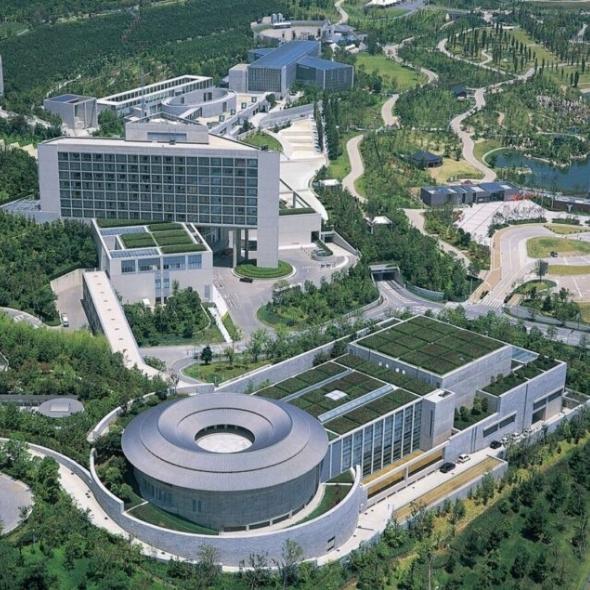
Famous architect Tadao Ando, known for his mastery of minimalist design and innovative manipulation of light and space, has garnered global recognition for his groundbreaking contributions to architecture. Born in Osaka, Ando’s illustrious career has been marked by numerous accolades, including the prestigious Pritzker Architecture Prize in 1995. Among his notable works on Awaji Island are the iconic Yumebutai and Water Temple Honpukuji Mizumido.
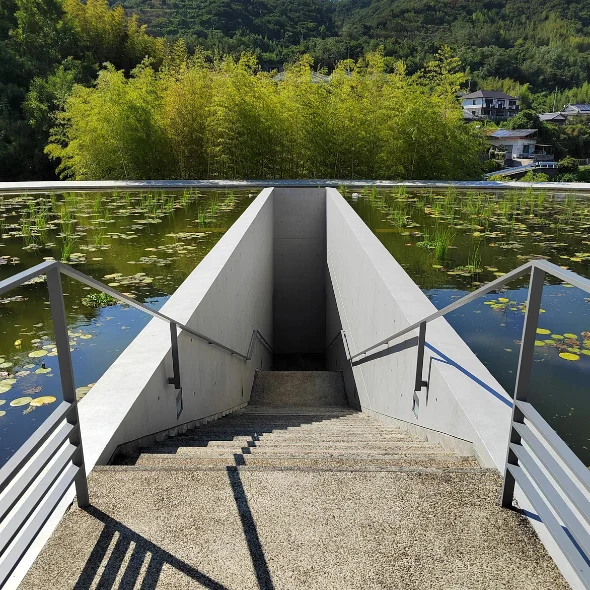
Yumebutai stands as a testament to Ando’s ability to seamlessly integrate various functions, including shops, restaurants, an international conference center, and a greenhouse. Meanwhile, the Water Temple is revered as a design masterpiece, celebrated for its minimalist elegance and profound use of lighting and materials.
Zenbo Seinei and Haru San San by Shigeru Ban Designs

Known for the innovative use of unconventional materials like cardboard and wood, Shigeru Ban stands as a towering figure in Japanese architecture. His pioneering work in sustainable and cost-effective building solutions, particularly for providing shelter to refugees, disaster victims, and marginalized communities, has garnered him widespread acclaim on the global stage. Like his esteemed counterpart Tadao Ando, Ban’s groundbreaking contributions to the field of architecture were recognized with the prestigious Pritzker Architecture Prize.
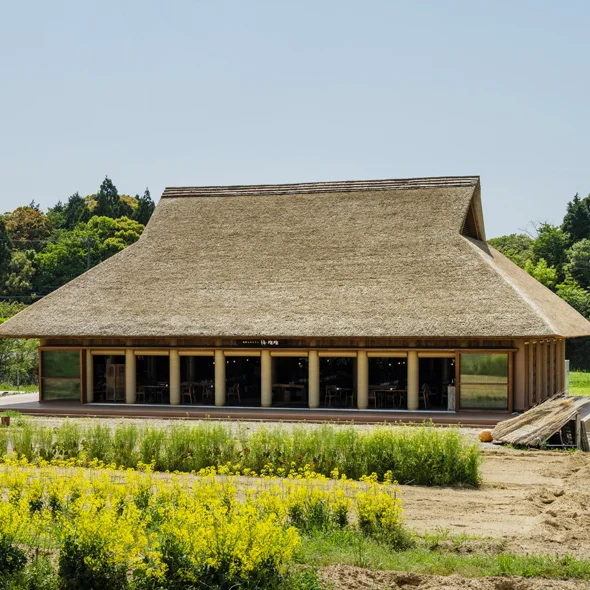
Among Shigeru Ban’s celebrated works on Awaji Island are Zenbo Seinei, a Zen wellness center characterized by its predominant use of wood, reflecting his distinctive architectural style. This architectural masterpiece exudes a sense of tranquility and harmony, with its majestic form appearing to effortlessly float above the lush canopy of surrounding trees.
| Name | Zenbo Seinei |
|---|---|
| Address | 2594-5 Aza-Banaka, Kusumoto, Awaji City, Hyogo Pref. 656-2301 |
| Tel | 0799-70-9087 |
| Website | https://www.zenbo-seinei.com/en/ |
| Program Reservations | https://zenbo-seinei.urkt.in/direct/offices/587/courses |
| Hotel Reservation | https://www.booking.com/hotel/jp/shan-fang-jing-zhu-dan-lu-shi2.html |
| Operation Hours | Mon: 9:00 am~5:00 pm / Tues~Sun: 11:00 am~6:30 pm Closed: Varies depending on a month. Please inquire. |
Click here for details of ZEN Wellness SEINEI
Another notable creation is Haru San San, which reflects Ban’s emphasis on integrating wooden structures seamlessly into the natural environment. For a more in-depth exploration of these architectural masterpieces, we have previously made a detailed article that delves into their unique features and significance.
| Name | Farmer’s Restaurant – Haru San San |
|---|---|
| Address | 1510-4 Nojima-tokiwa Aza Genpachi, Awaji City, Hyogo Pref. 656-1726 |
| Tel | 0799-70-9082 |
| Operation Hours | 11:00-18:00(L.O.17:00) |
| Closed | Wednesdays |
| Website | https://www.awaji-nlr.com/harusansan |
| Reservations | https://www.tablecheck.com/en/shops/noukarestaurant-haru-sansan/reserve |
Click here for details of Haru San San





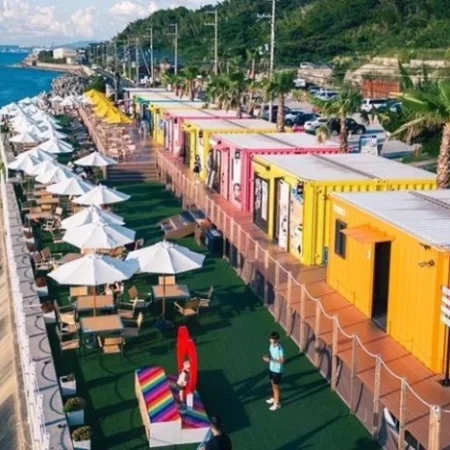

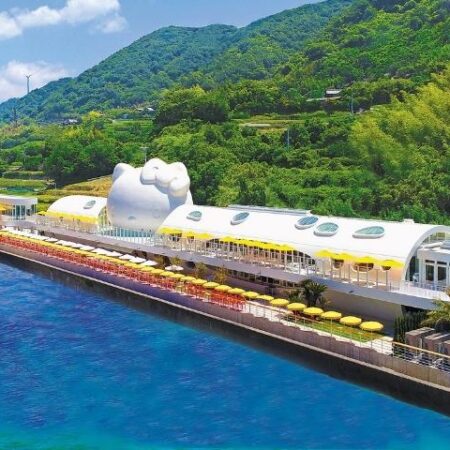

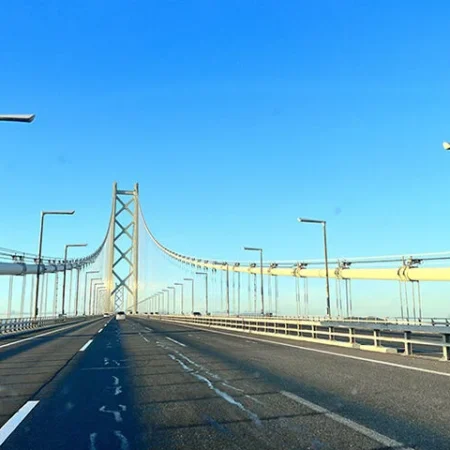


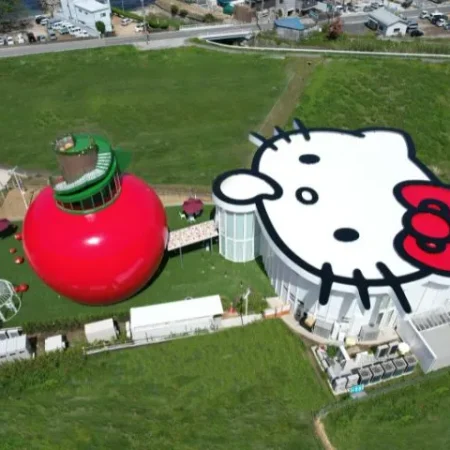
-450x450.jpg)

